Olivia is One Hundred and Three
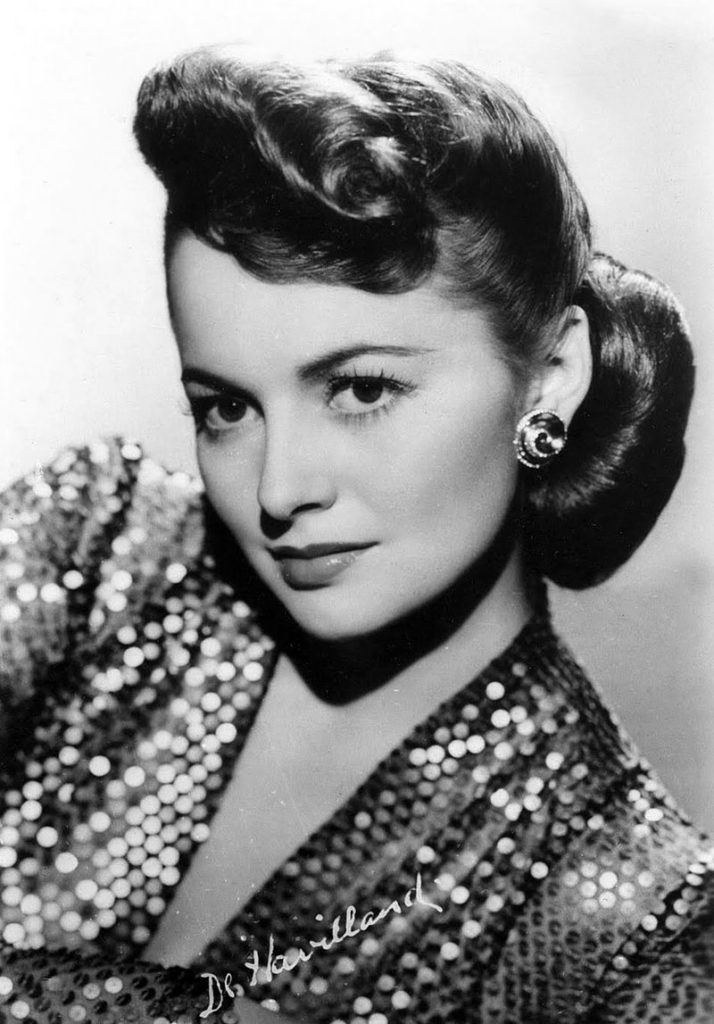
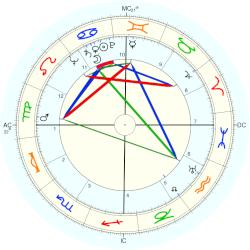
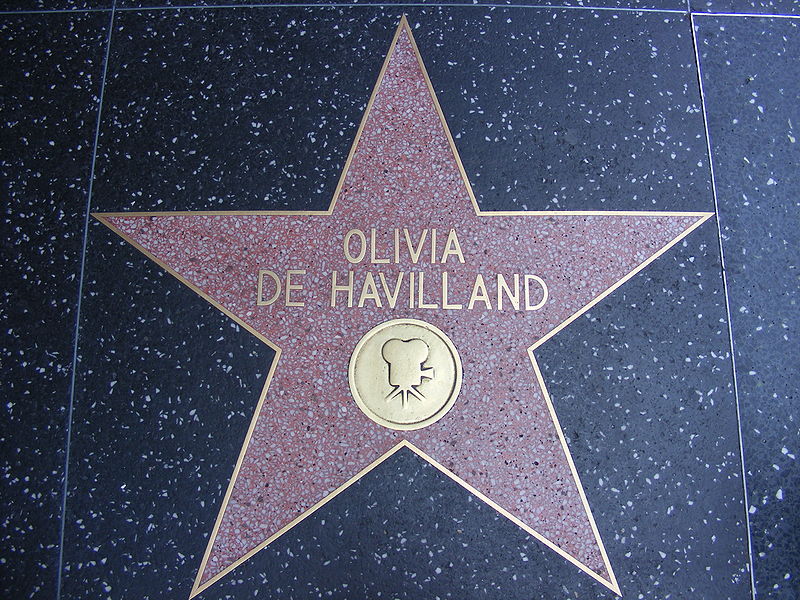
— Tim
June 24, 1935
Film Flam with Sidney Skolsky
Hollywood Citizen News
Lily Damita has told intimates that the reason she got married is that she wants a baby (Flynn).
*******
June 30, 1935
Louella Parsons
Movie-Go-Round
Los Angeles Examiner
The real story behind the marriage of Lily Damita to handsome Errol Flynn is that the gay Damita has a yen to go domestic in a big way. She confided to a close friend months ago that she was tired of gadding about.
“The next time I meet a man I really like,” she said. “I am going to marry him, settle down and have babies. I believe I want a child more than anything else in the world.”
*******
She lived a gay life in Europe and Hollywood before semi-settling down with Flynn …
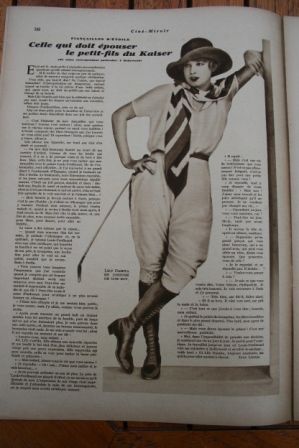
She seems to be showing in this photo … just about everything but a baby bump!
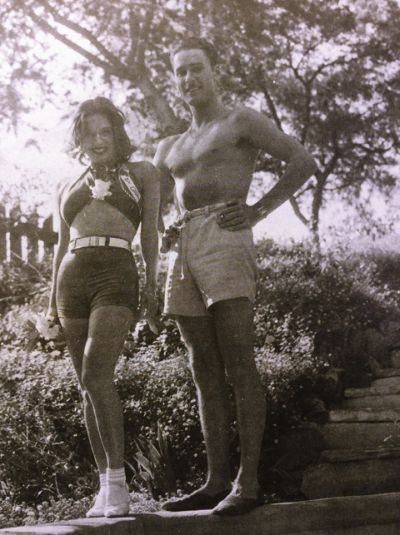
Press speculation on how their baby would look …
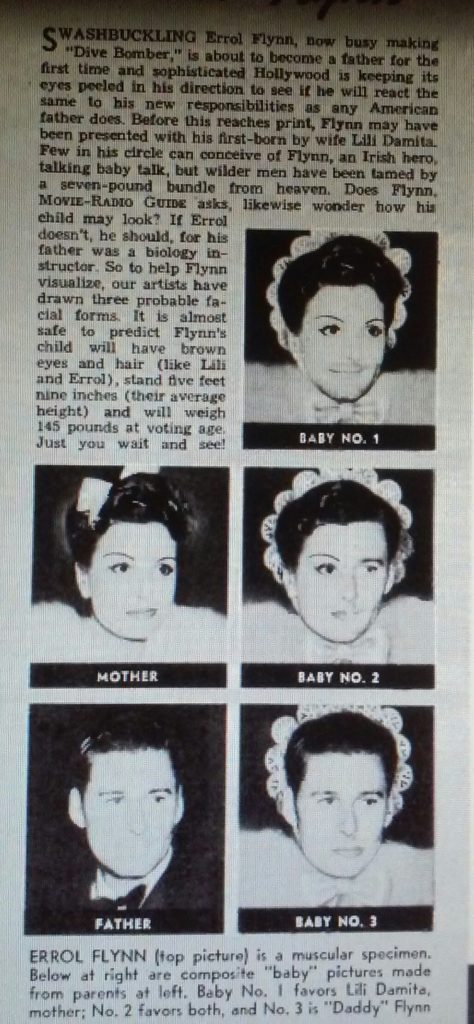
It took guile and a while …
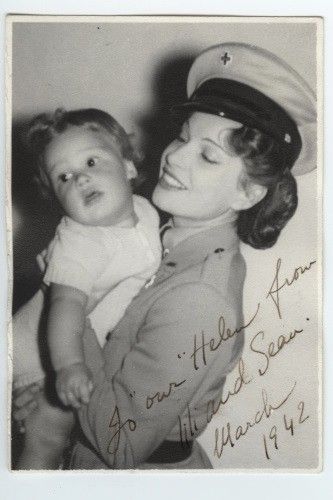
— Tim
Born in Tasmania 110 years ago, Errol Flynn is still phenomenally famous and popular around the globe. Indeed, he may be the most internationally famous and popular Australian of all time.
If not, who tops him?
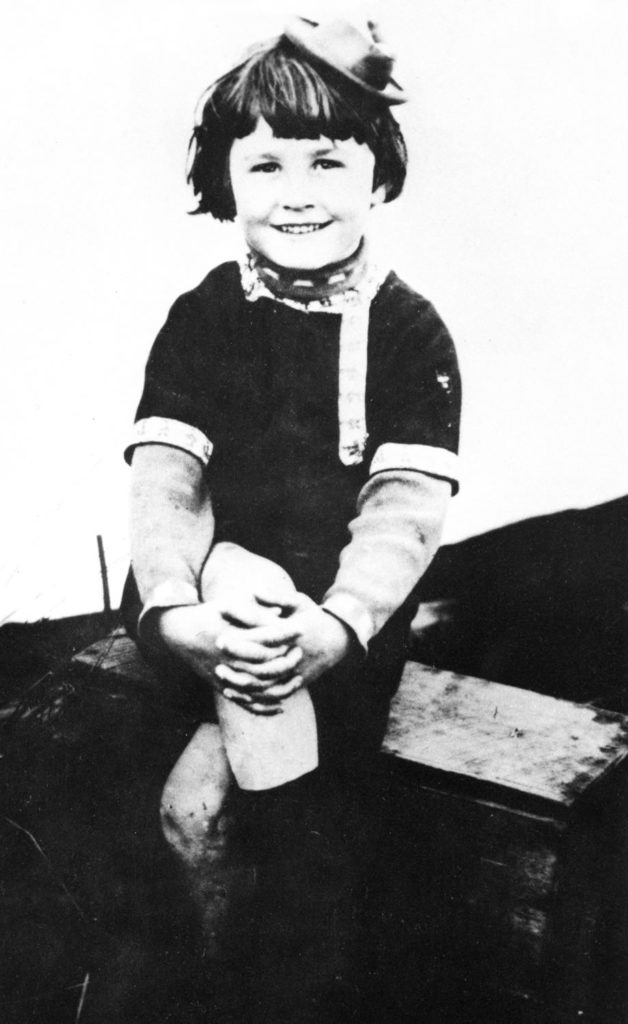
— Tim
Welcome to Errol’s “circa 1915” childhood home at 60 Duke Street in Sandy Bay, Hobart, Tasmania,

‘A beach, Sandy Bay, was not far away and I was often there, swimming from the age of three. The beach was of hard brown sand, the water freezing cold. Mother was a good swimmer, and she took me there very often.’
– My Wicked, Wicked Ways
Here is the park/preserve at Short Beach in Sandy Bay named in Errol’s honor:
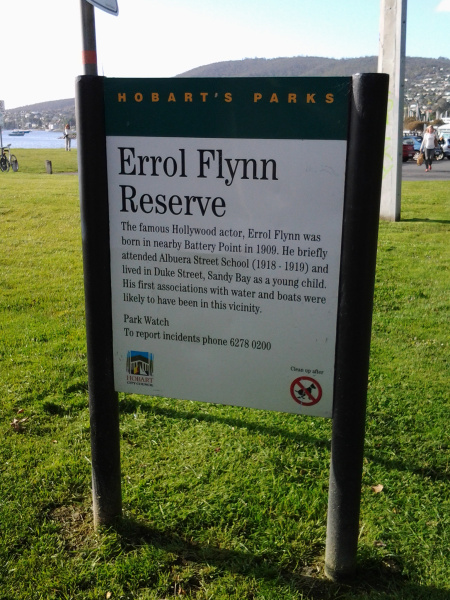
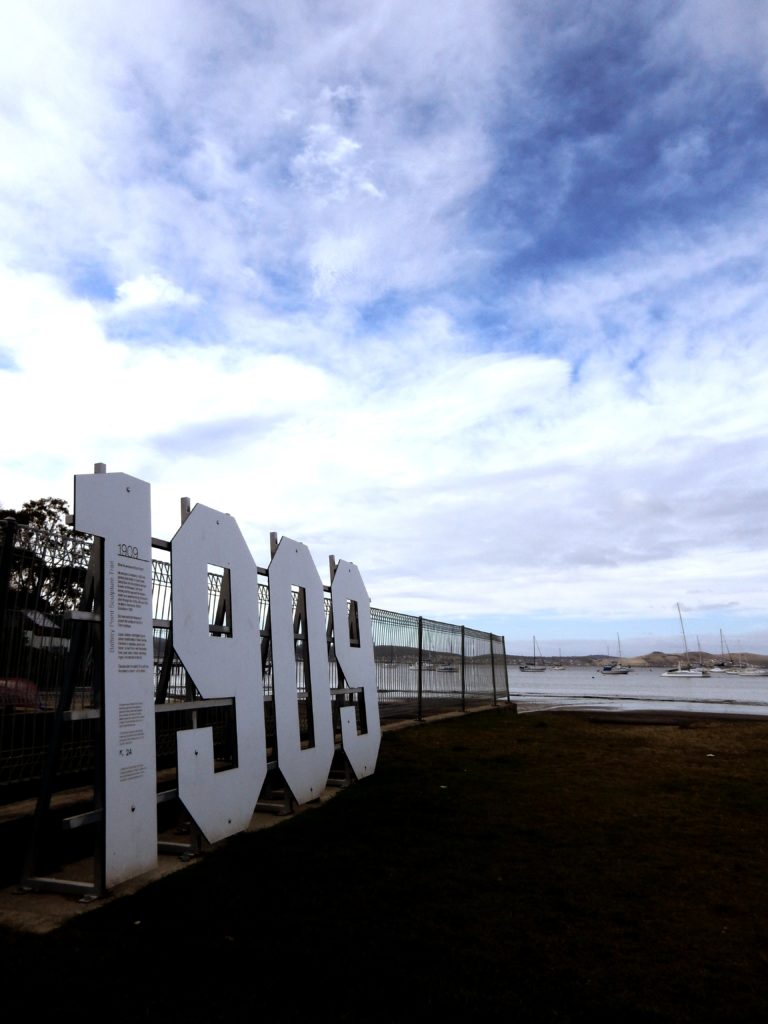
— Tim
A Jimmy Starr Quiz
According to Hollywood writer Jimmy Starr – aka ‘Stage Door Jimmy’ – he personally witnessed that Errol particularly liked which category of women:
. Heiresses
. Actresses
. Waitresses
. Singers
. Orientals
. Tennis players
. Burlesque dancers
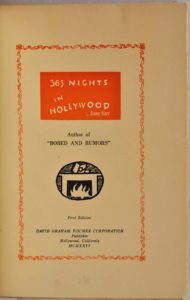
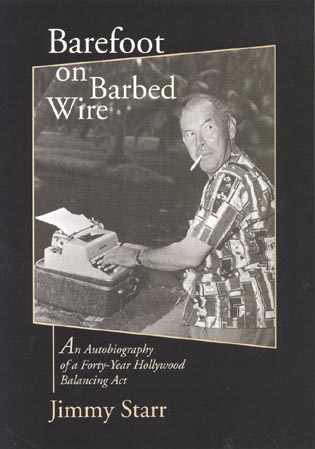
— Tim
Being that this is the day after D-Day, with the Allies beginning to bring freedom to France once again, this post will be in the lingua franca of Normandy.
www-leblogducinema-com.cdn.ampproject.org…
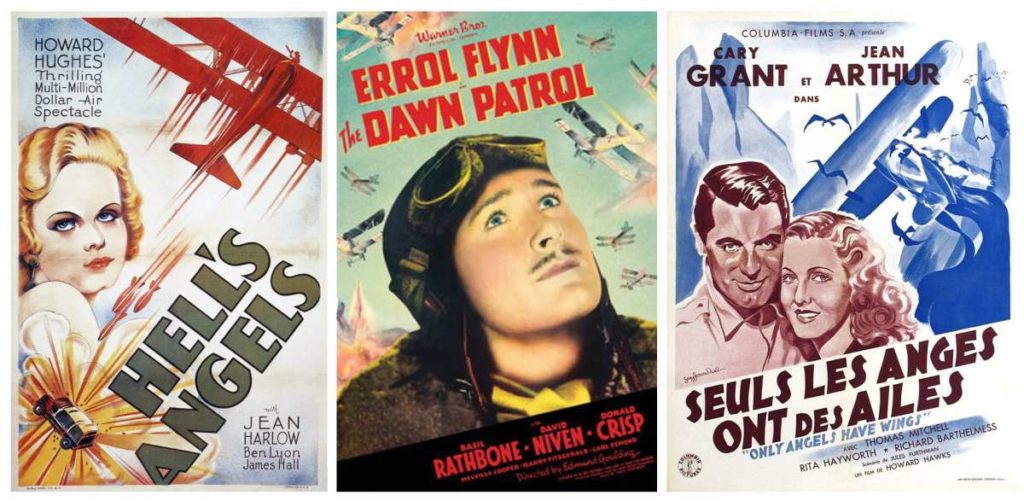
Jusqu’à l’excellent La Patrouille de l’Aube (1938) de Edmund Goulding, où les escadrilles de gentlemen, menées par Errol Flynn et David Niven, conduisent une guerre dans les airs, et partagent des verres sur terre. Quatre ailes en toile, deux mitrailleuses bon marché, une carcasse métallique, un moteur en guise d’âme, il n’en fallait pas plus à ces aviateurs pour s’élancer vers une mort inévitable. Portraits de ces fous extraordinaires, ces premières œuvres semblent déjà mettre le doigt sur un certain amour du risque, où disparaître dans les nuages s’apparente à inscrire le courage de ces pilotes dans de nouveaux mythes.
— Tim